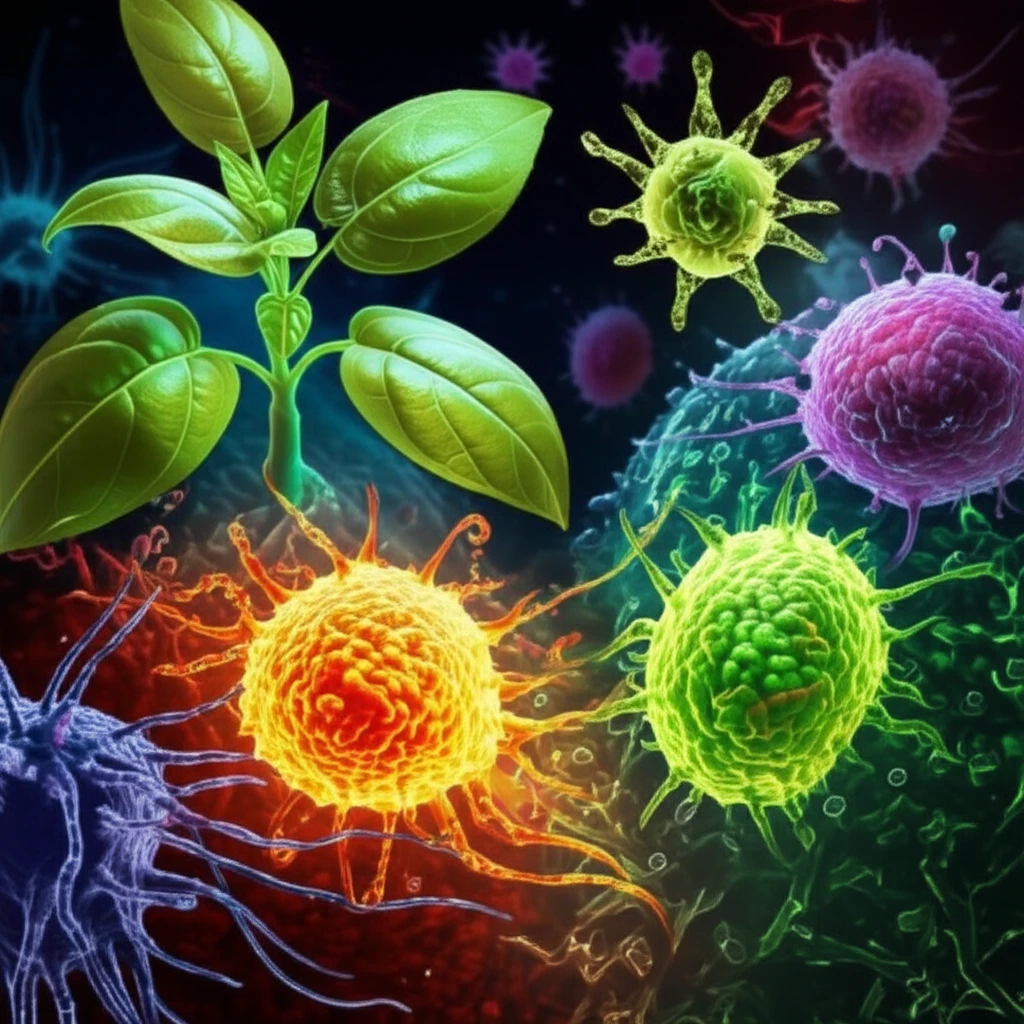
Cracking the Code: How This Natural Compound Halts Colorectal Cancer's Spread
"Discover Cairicoside E, a natural resin glycoside, and its potential to revolutionize colorectal cancer treatment by targeting a critical protein involved in metastasis."
Colorectal cancer (CRC) remains a significant global health challenge, with metastasis—the spread of cancer cells to other parts of the body—being a primary driver of mortality. While advancements in treatment have been made, the need for more effective therapies to combat metastasis is critical. Recent research has focused on understanding the mechanisms that facilitate cancer cell migration and invasion, with the goal of identifying new therapeutic targets.
Epithelial-mesenchymal transition (EMT) is a key process that enables cancer cells to acquire migratory and invasive properties. During EMT, cells lose their cell-cell adhesion and undergo significant changes in gene expression, allowing them to detach from the primary tumor and spread to distant sites. Scientists have been actively exploring ways to disrupt EMT as a strategy to prevent or slow down cancer metastasis.
In a promising turn of events, researchers have zeroed in on Aquaporin 5 (AQP5), a protein closely linked to CRC metastasis, and a natural compound called Cairicoside E, found in the Ipomoea cairica plant. This study explores how Cairicoside E can inhibit EMT by down-regulating AQP5, presenting a potential new avenue for CRC treatment.
How Does Cairicoside E Stop Cancer Cells from Spreading?

The study dives deep into the effects of Cairicoside E (CE) on CRC cells, particularly focusing on its ability to influence EMT. The research team discovered that CE effectively inhibits the expression of AQP5, a protein that, when overexpressed, promotes EMT and enhances the metastatic potential of CRC cells. This inhibitory action is crucial because AQP5 essentially acts as a facilitator for cancer cells to transition into a more aggressive, mobile state.
- Evaluating AQP5 Expression: Measuring AQP5 levels in various CRC cell lines.
- EMT Marker Analysis: Examining changes in key proteins that indicate EMT.
- Migration and Invasion Assays: Assessing the ability of CRC cells to migrate and invade in the presence of CE.
- Gene Silencing and Overexpression: Manipulating AQP5 levels to observe the effects on EMT and metastasis.
A New Hope for Colorectal Cancer Treatment
This research highlights the potential of Cairicoside E as a promising agent in the fight against colorectal cancer metastasis. By understanding its mechanism of action—specifically, its ability to down-regulate AQP5 and suppress EMT—scientists are paving the way for new therapeutic strategies. While further studies are needed, the findings offer a beacon of hope for more effective and less toxic treatments for CRC patients.
